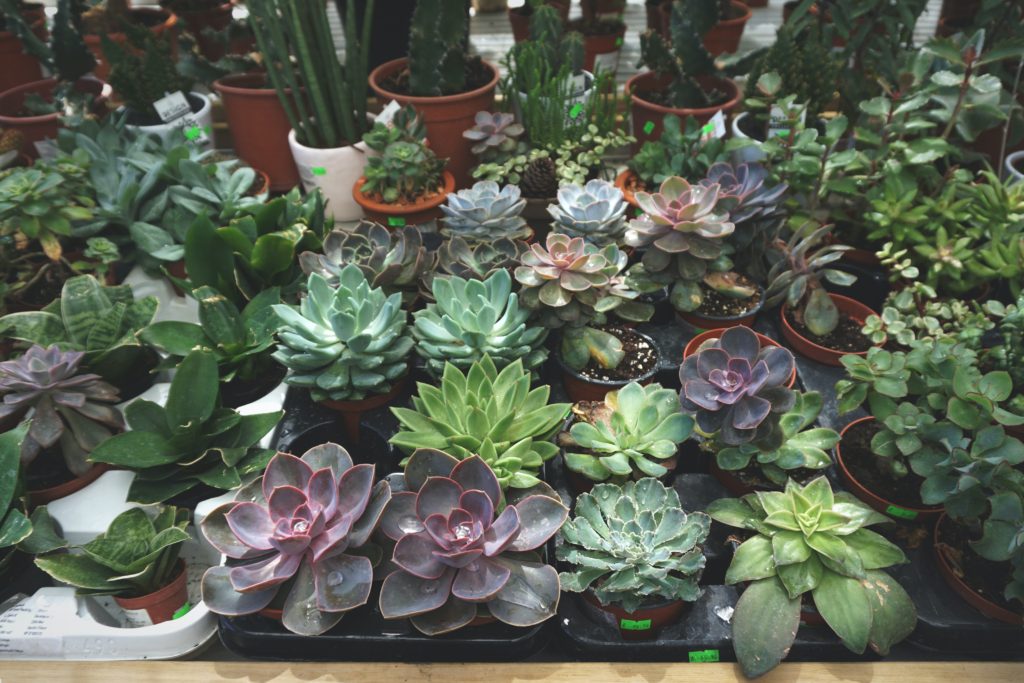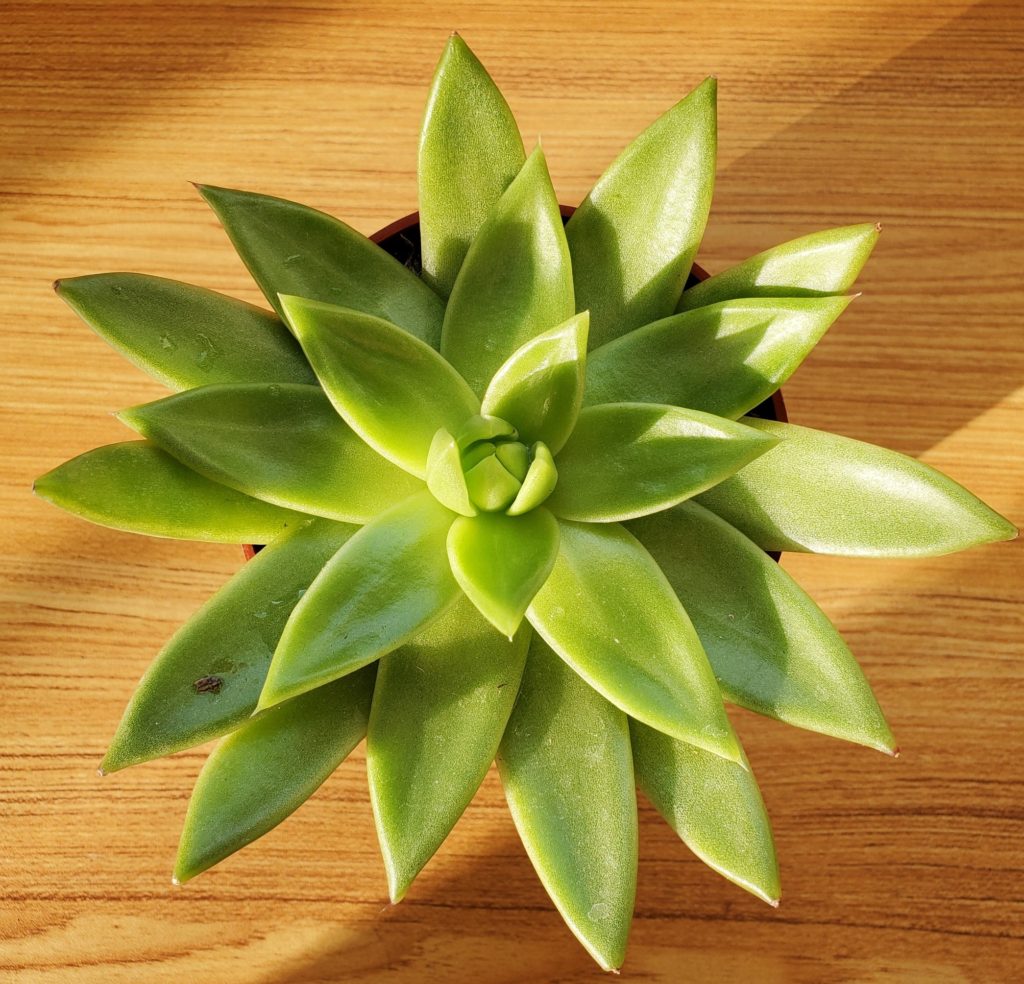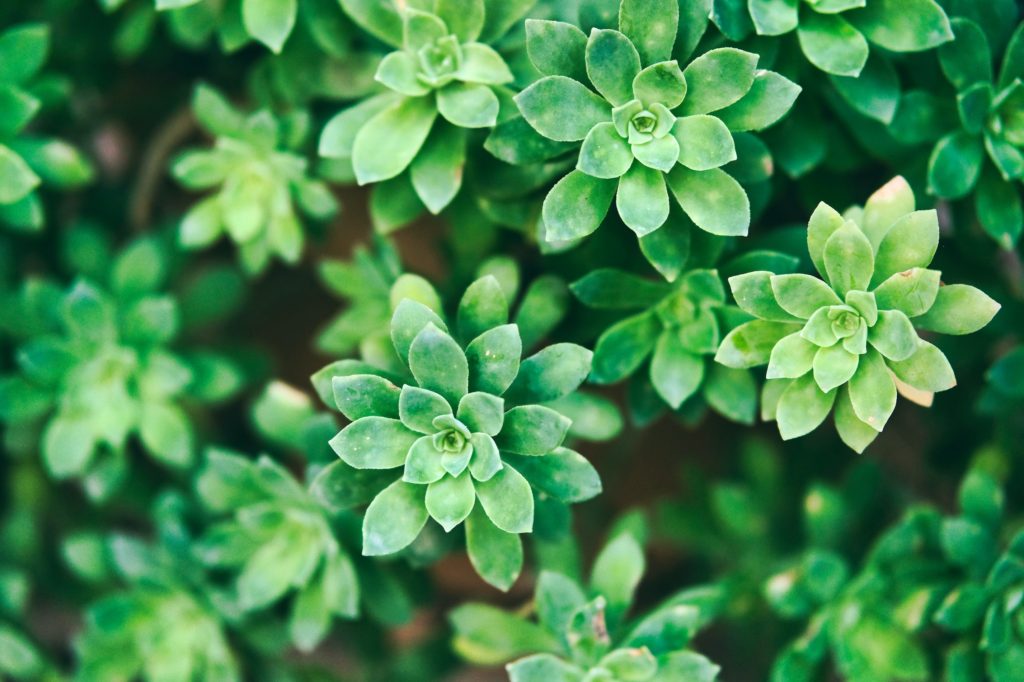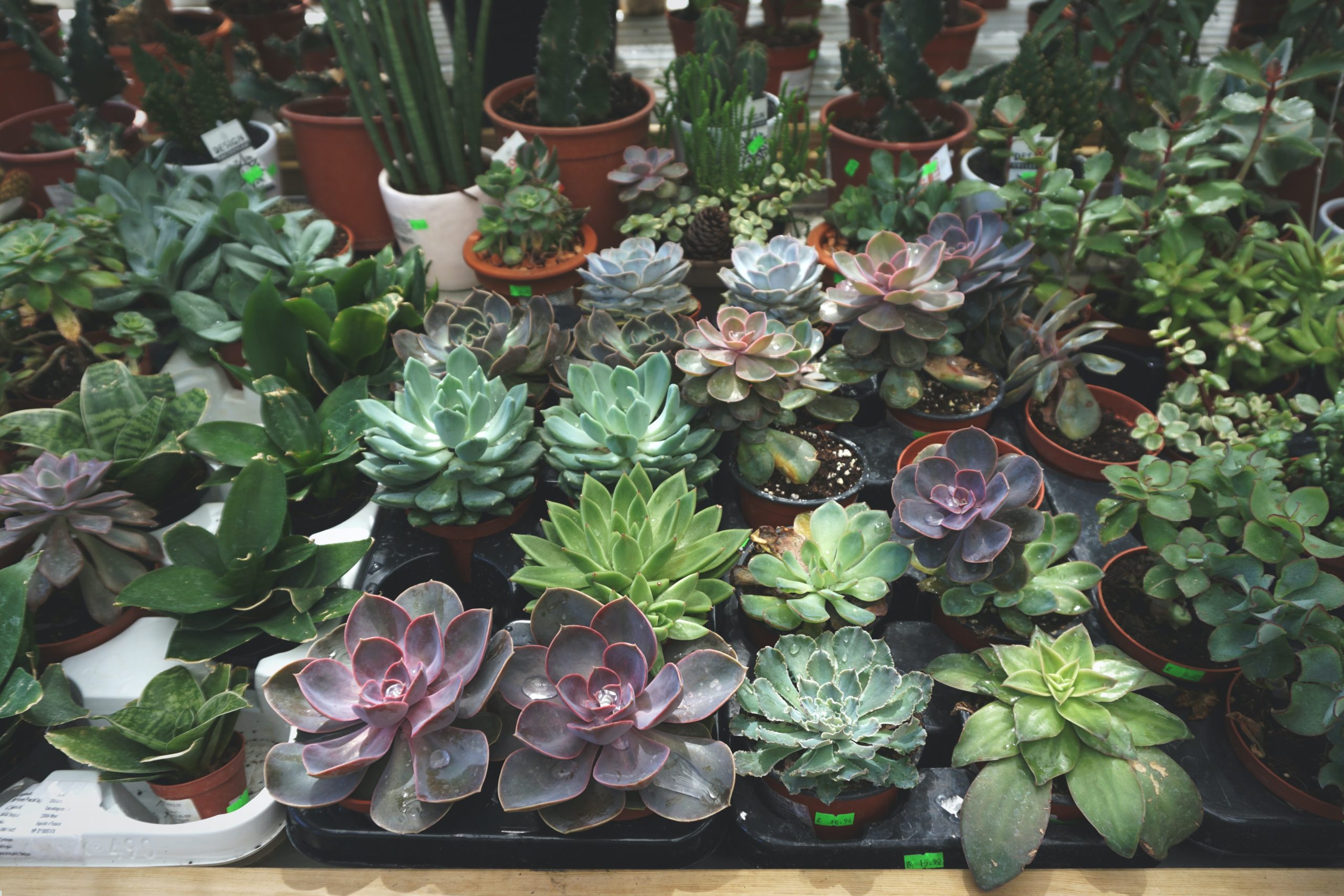Here’s Why Your Echeveria Plant is Leggy

Insufficient sunlight. If you’re looking to fix your leggy echeveria, you’ve likely noticed that your plant is stretching towards the most prominent light source. I decided to do some research to find out why the echeveria behaves in this way, and wanted to share what I found.
How to Fix a Leggy Echeveria:
The reason your echeveria has begun to stretch its limbs is due to a lack of sunlight. Move your plant closer to a bright, (preferably south-facing) window where it will receive at least 8 hours of sunlight per day. Clip off and remove the top-most part of the plant (one inch) and new growth will eventually sprout from where it was cut. Also, remove any dried out leaves accumulating and the bottom of the plant closest to the soil.
How to tell if your Echeveria is Unhealthy:
Echeveria is a type of cactus. They are used to living in warm, dry climates with full sun. Drastic changes in light can cause the plant to become unhealthy and will begin to show signs of stress. Overwatering is the main cause of echeveria decline, however, the second reason is inadequate sunlight. Inspect your plant for the following signs of discontent:
- Reaching towards the light source with pale leaves growing further apart. Also known as: etiolation.
- Skinny, or wrinkled leaves means your plant needs water.
- Your plant has pests (mealy bugs and spider mites are most common).
- Dense soil compacted around the roots makes it harder for the water to drain and can cause root rot.
- Leaves are dropping frequently and are easy to pull off.
Tips for Fixing an Unhealthy Echeveria
Your echeveria is likely still salvageable, as these plants can survive for many years and are fairly hearty as long as you give them what they need. Here are some ways to improve its living conditions to help resuscitate your echeveria:
- Move your plant to a south facing window that gets at least 8 hours of sunlight.
- Remove old soil and replace with cactus soil that contains sand or perlite to encourage proper drainage.
- Modify the humidity in the environment to less than 40%.
- Ensure the plant has proper drainage. Two or more holes in the pot will help water drain out faster.
- Fertilize the soil using a very dilute fertilizer, high nitrate fertilizer can actually harm the plant.
- Let the soil dry out completely before watering. Water every 1-2 weeks in the warm season and once every 2-3 months during winter.
- Do not let water pool underneath, this will inevitably cause root rot.
Check your Echeveria for Pests
Insects and other pests will harm your plant if you let them live on the leaves. The mealy bug is the most common pest you will encounter and will can infect and weaken your echeveria and other surrounds plants if you’re not careful. If you notice pests accumulating around the leaves you’ll want to quarantine the plant and remove all the pests.

Most common Echeveria Pests are:
- Mealy bugs (white oval shaped insects) white powdery clumps will appear around the leaves and stems.
- Spider-mites (brown/black insects) web-like strands will appear around the leaves and stems.
- Scale (round brown scabby bumps scattered on the leaves).
- Aphids (Green or red oval shaped insects) these nasty crawlers will eat the sap and will be on the leaves and stem.
Steps for Removing Pests from your Echeveria:
- Quarantine your plant immediately to prevent it from spreading to your other plants
- Spray the plant with rubbing alcohol (isopropanol) or, instead you can Spray plant with a mixture of water and a few drops of dish soap to kill the bugs. Repeat each week if bugs reappear.
- Scrape off any remaining bugs with a spoon or cotton swab and dispose of them in the garbage.
- Add a few ladybugs to the infected plant to eat the harmful insects.
Temperature Required for Echeveria:
Echevaria prefers warmer temperatures as it is naturally found in deserts. It does not tolerate cold well and will show signs of stress if you aren’t giving it the heat that it requires.
Summer: 65-85°F or 18-28°C
Winter: 55-75°F or 13-24°C.
When to Water your Echeveria:
Keeping a consistent watering schedule can be tricky as these plants require more water during the warmer seasons and very little water during the winter. Getting this right just takes a bit of practice and observation. Depending on where you live, your watering schedule may vary so pay close attention to the leaves of the plant and let it dry out completely between watering and never let it sit in a pool of water.
Summer months: water every 1-2 weeks.
Winter months: water every 1-2 months.
When to Fertilize your Echeveria:
Once per year in the spring is all that is necessary. However, you can fertilize monthly, but be sure to use a half diluted mixture as too much can harm your plant and is not required for the plant to be successful.

Pruning an Echeveria
Gently remove any dried and dead leaves from the plant to stimulate future growth, these generally appear closest to the soil and is completely natural process of the plants growing cycle. Pruning dead leaves will help prevent the roots from rotting. The echeveria will also do this on its own without your intervention, but doing it yourself is quite satisfying and can help strengthen your plant.
How Big is an Echeveria?
Height: 1-4 inches (5-10cm)
Width: 3-10 inches (10-25cm)
When to Repot your Echeveria:
During the morning in either the spring or summer. Repotting is only necessary when the roots are poking out of the bottom of your pot which won’t happen often. Echeveria has small roots and can live quite well in small pots Generally it’s not required unless you really want it to look more aesthetically pleasing in a fancy new pot.
How to Propagate a Dying Echeveria:
Don’t fret, even though the main plant is dying, it may not be too late to salvage what remains. You can remove some of the healthy leaves and propagate them in cactus soil so that they can begin again. Creating a new plant from removed leaves is actually quite easy. Here are some methods I’ve had success with propagating echeveria leaves:
- Remove a healthy leaf from the plant carefully. If the stem shows any sign of rot (slimy end) then it is not suitable for propagation.
- Let the leaves dry out on a paper towel for a days until the end is dry and become firmer, similar to a scab.
- Place the bottom end of the leaf upright directly into fast draining cactus soil and let it sit for at least a week before adding (water every 1-2 weeks in the summer) (water every 1-2 months in the winter).
- Keep humidity levels below 50% for best results.
- The cutting will begin to show roots after a week or two and will begin to root into the soil after a few months.

